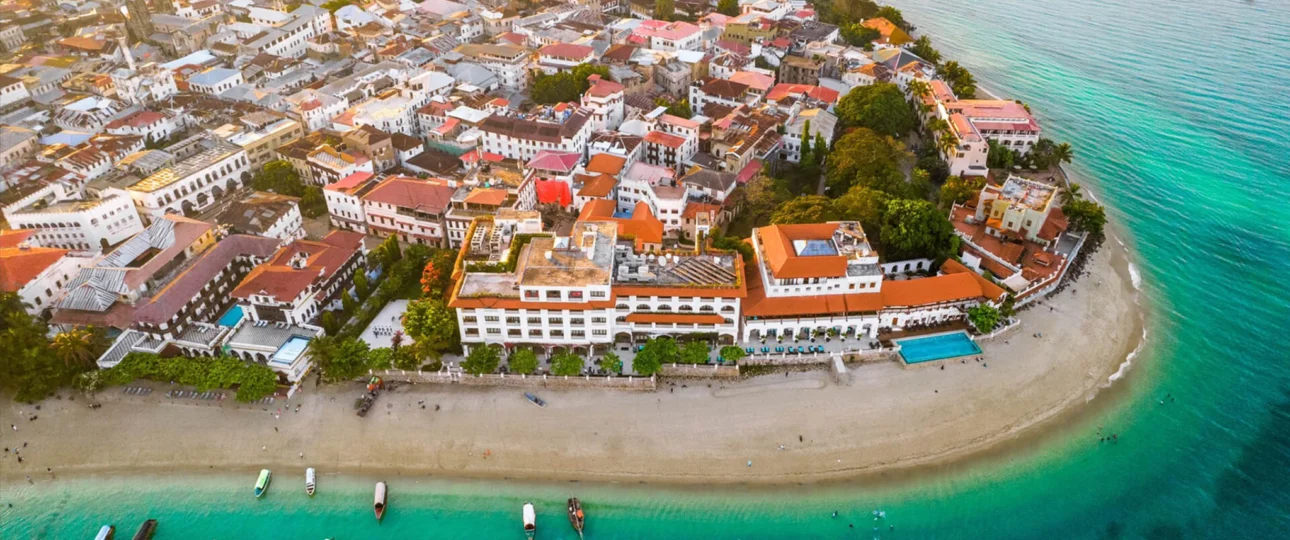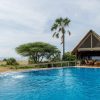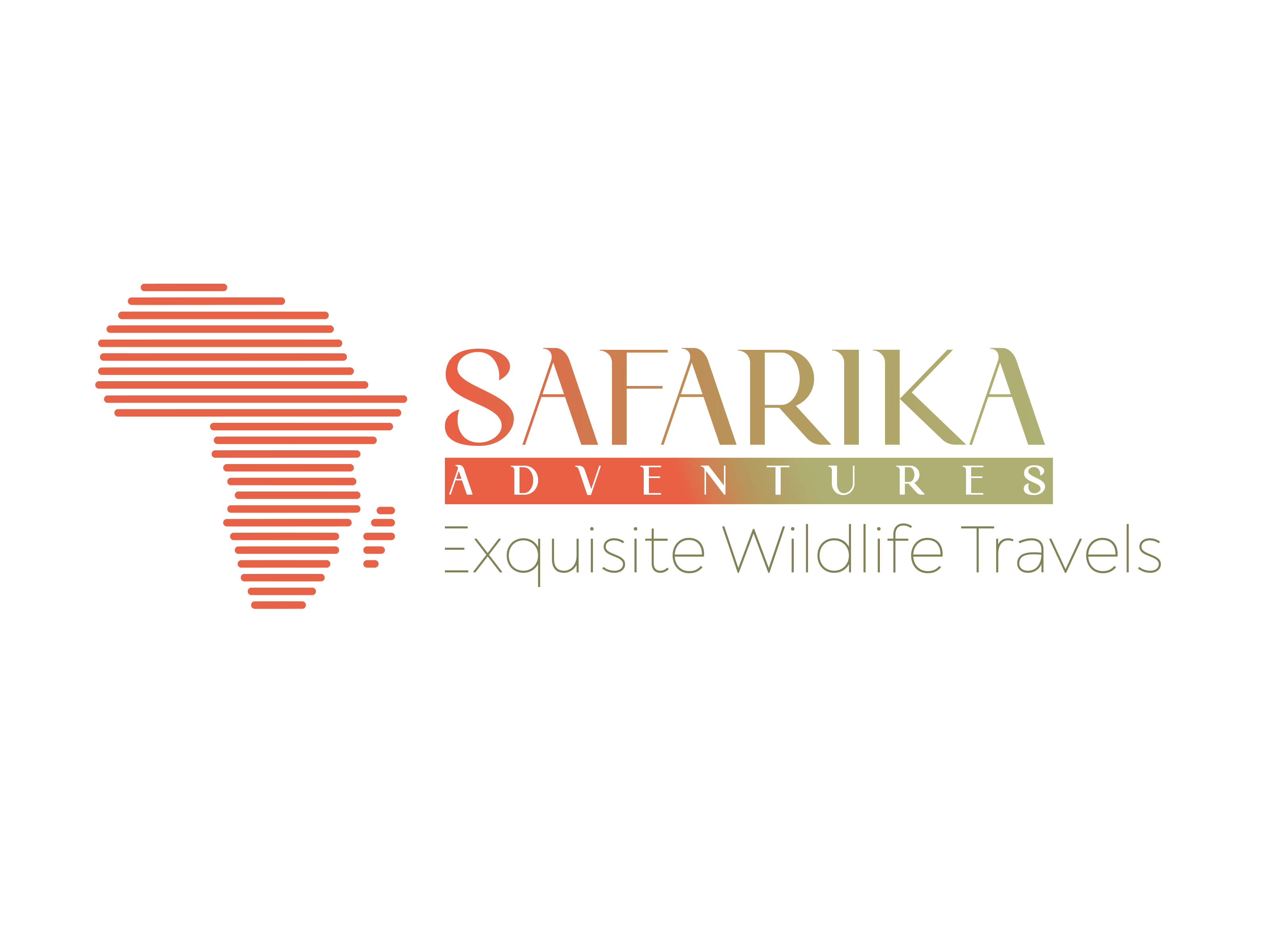Tanzania Safari and Zanzibar Combo 2025: How to Plan the Perfect Trip
Straight talk on timing, routing, budgets, beaches, and itineraries—so your trip flows
Introduction
There’s a reason “safari and sea” is the classic Tanzania pairing. You spend dusty mornings tracking lions across the Serengeti or peering into the Ngorongoro Crater, then you swap boots for bare feet on coral sand. Done right, the rhythm feels effortless: sunrise game drives, then warm water, dhow sails, and grilled seafood. Done badly, it’s long transfers, mismatched seasons, and dead time at the wrong beach. This guide to a tanzania safari and zanzibar combo shows the best months, routes, and coast picks so your trip flows. Pick your wildlife goal first, match your dates to the right park zone, then bolt on the Zanzibar coast that suits your month and mood. You’ll go home rested and happy without feeling you missed the best of either side.
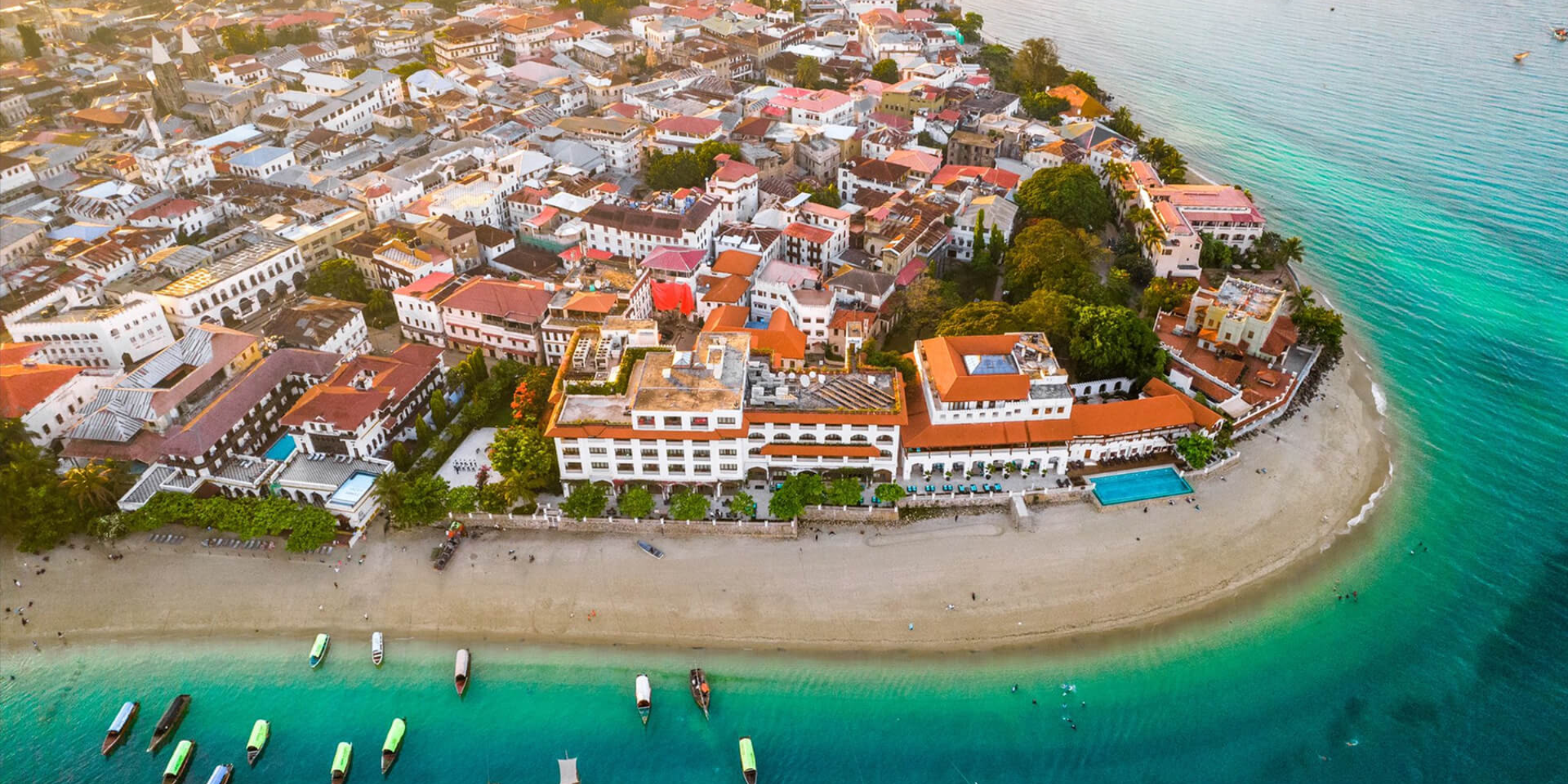
Why the Tanzania safari and Zanzibar combo works (and when it doesn’t)
Tanzania concentrates world-class wildlife and picture-book coastline in one trip. The Northern Circuit—Serengeti, Ngorongoro, Tarangire, Manyara—delivers cats, elephants, and the Great Migration within a single loop. Zanzibar, a 60–90 minute flight away, adds warm seas, rich Swahili culture, and easy beach days. The trick is alignment. If you aim for the Mara River crossings in late July or August, don’t pick a beach known for rougher seas that same month. If your dates land in March and you love still water, choose the coast with shelter. When safari weather and beach conditions point the same way, your trip hums.
When to go: Tanzania safari and Zanzibar combo seasons
Safari is usually easiest in the long dry months from June to October. Wildlife crowds water sources, roads are firm, and days are clear. Calving season in late January and February is a different kind of magic: open short-grass plains in the south, newborn wildebeest, and big-cat drama. Zanzibar is warm year-round. Wind and sea state shift by season. The “Kaskazi” (northerly winds) blow roughly December to March; the “Kusi” (southerly) blow June to September. Short rains can touch November; long rains center on April and May. You can travel most months with a smart plan. If green season fits your budget, you’ll trade some showers for dramatic skies and fewer crowds—then dry out on the coast.
Best pairings by month (quick view)
| Month | Safari focus | Zanzibar coast pick | Why this works |
|---|---|---|---|
| Jan–Feb | Ndutu/southern Serengeti calving; Tarangire quiet | East (Paje/Jambiani) or North (Nungwi/Kendwa) | Open plains + warm, often calm seas; good for kites later in Feb |
| Mar | Herds spreading north; some showers | North & West coasts for calmer seas | Beach buffers wind; value season starts |
| Apr–May | Green season; lush scenes; fewer vehicles | West/North (resorts with pools/spas) | Rains on safari; relax at full-service beach stays |
| Jun | Western Corridor & Grumeti building; cool temps | North (Nungwi/Kendwa) | Leaner winds; sunsets over water; lively vibe |
| Jul–Aug | Northern Serengeti (Lamai/Kogatende); crossings possible | North & Northwest coasts | Peak safari + classic beach weather; book early |
| Sep | Late crossings; fewer vehicles | North or East (mix beach + kites) | Great light up north; steady beach conditions |
| Oct | East/Central Serengeti; southbound drift | East (Paje/Jambiani) or Quiet South (Kizimkazi/Michamvi) | Sleeper month for safari + soft seas |
| Nov–Dec | Short rains; predators active; value windows | North & East; Stone Town add-on | Greener parks + warm coast; watch short showers |

Where to base on Zanzibar (by vibe)
North (Nungwi/Kendwa). Classic sunset beaches and a livelier scene. Sand stays soft at lower tides, so you can swim most of the day. Great pick if you want easy beach time with restaurants in walking distance.
East (Paje/Jambiani). White sand, big tides, and long walkable flats. Kitesurf hub from late December into March and again June to September. Quieter nights, more boutique stays, and an endless horizon.
South & Southeast (Kizimkazi/Michamvi/Bwejuu). Slower pace, fewer people. Kizimkazi is known for boat trips; Michamvi has dramatic low-tide landscapes and calm inshore lagoons. Good if you want sleep, swims, and a book.
Stone Town. A few nights for culture before or after the beach. Rooftop dinners, spice tours, old alleys, and history. Pair 1 night on arrival or 1 night before your flight home.
Routing that saves time and money
Fly one long leg. Most travelers route: Kilimanjaro/Arusha → safari circuit by road or short bush flight → direct flight to Zanzibar → fly home. If budget allows, insert a single bush flight to skip the longest drive (for example, Serengeti to Zanzibar). Keep two hubs on safari rather than bouncing across four parks in five days. You’ll spend less time moving and more time watching. On the coast, pick one beach area and stay put. Transfers between far-apart beaches eat hours that don’t feel like “holiday.”
How many days you really need
Short and sweet: 6–7 nights. Two nights near Ngorongoro or central Serengeti for quick wins, then 3–4 nights at one beach. Good for tight calendars.
Balanced: 9–10 nights. Four or five nights on safari split across two hubs (crater + Serengeti or Tarangire + Serengeti), then 4–5 nights on the coast. This is the first-timer sweet spot.
Deeper: 12–14 nights. Add a second Serengeti zone for the Migration month or keep a slower pace with an extra crater morning and a Stone Town night. Then 5–6 nights split between beach and culture.
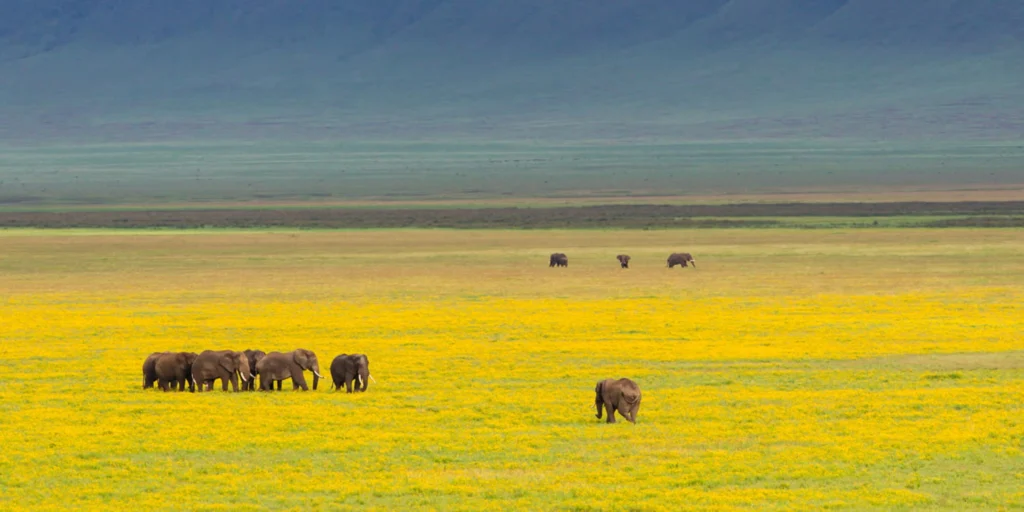
Sample itineraries that actually work
7 Days (first taste). Day 1 Arusha; Day 2 Ngorongoro rim; Day 3 Crater day; Day 4 fly/drive to Serengeti central; Day 5 morning drive → afternoon flight to Zanzibar; Days 6–7 beach, Stone Town night if you like.
9 Days (balanced). Days 1–2 Tarangire for elephants and baobabs; Day 3 Ngorongoro rim; Day 4 Crater descent; Days 5–6 Serengeti (pick the right zone for your month); Days 7–9 Zanzibar beach.
10 Days (Migration months). Days 1–2 central Serengeti; Days 3–5 far north (July–Sept) or Ndutu (Feb) for the main event; Days 6–10 Zanzibar (North in July–Sept; East in Feb).
12–14 Days (slow and rich). Start with Stone Town (1 night), then Tarangire (2), Ngorongoro (2), Serengeti (3), and finish with 4–5 nights by the sea. You’ll feel like you lived here, not just passed through.
Budget reality: where the money goes
You pay for three things on safari: conservation fees, distance, and guiding depth. In Serengeti and Ngorongoro, fees are higher because the protection is serious and the assets are world-level. You can save by traveling in shoulder months, flying one long leg, and sleeping in classic mid-range properties near the action instead of moving every day. On Zanzibar, beach rates move with season and location. North coast sunsets and big-name resorts command premiums in July–August and late December; quieter east and south coasts bring value in green-season windows. Spend on location first: the right zone at dawn on safari and a swimmable stretch of beach on the coast.
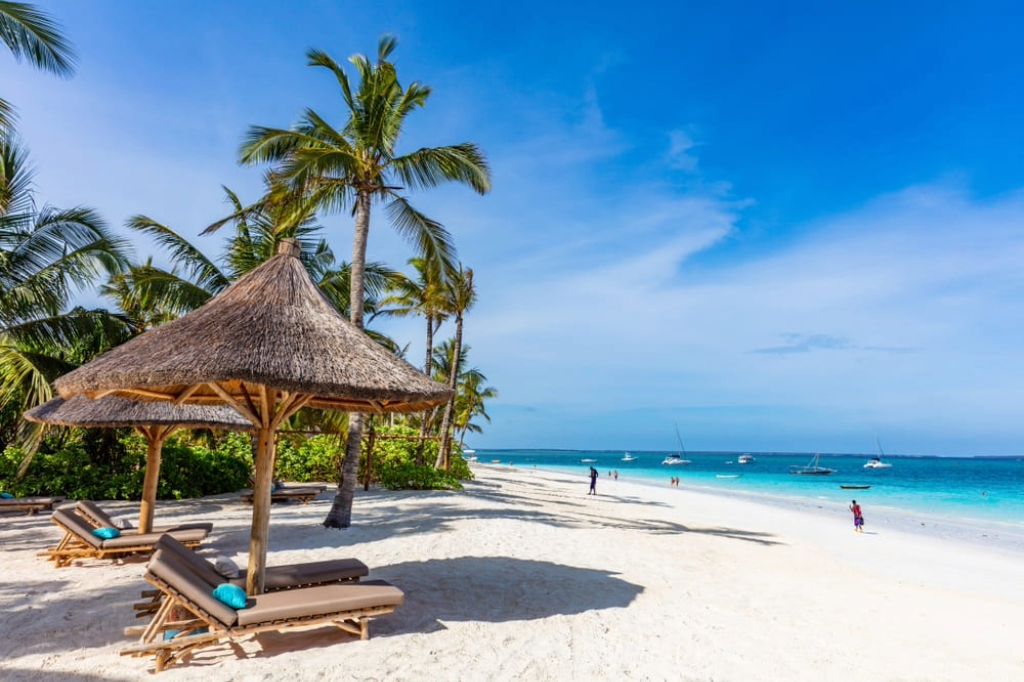
What to do on the islands (beyond a sunbed)
Learn to sail a ngalawa (traditional outrigger). Snorkel Mnemba Atoll or Chumbe Island (permits often required). Take a spice and culture walk in Stone Town with a guide who grew up in those alleys. Watch a dhow-yard at work. Kitesurf on the east coast when winds are right. Book reef-safe sunscreen and skip touching coral. If you swim with dolphins, choose operators who do not harass pods. Pick smaller boats and early departures; accept that “no chase” sometimes means no close swim. That is the point—respect makes a better sighting tomorrow.
Packing and health basics
Keep luggage soft and within bush-flight limits if you fly a leg. Neutral layers, a light fleece for cool mornings, a hat, and good sunglasses. Closed shoes for drives and flip-flops for beach boards. Reef-safe sunscreen, after-sun, basic meds, and any prescriptions. On safari, long sleeves at dusk, repellent, and hydration. On Zanzibar, modest clothing guidelines apply in Stone Town and villages away from the beach—cover shoulders and knees to be respectful.
Common mistakes (and easy fixes)
Mistake: Chasing too many parks in too few days. Fix: Two hubs. Depth beats distance.
Mistake: Ending the trip with a midnight road transfer to make a 3 a.m. flight. Fix: Sleep the last night in Stone Town or at a hotel near the airport.
Mistake: Booking the wrong coast for your month. Fix: Match winds and tides to your dates. North for long swim windows in mid-year; east for walkers and kiters.
Mistake: Treating Zanzibar as “just a beach.” Fix: Add one guided day in Stone Town. It changes how you understand the islands.
FAQ
Is April or May a bad time.
Not if you like space and price drops. Expect showers on safari and pick a full-service beach stay with a pool. You can still swim between fronts.
Do I need malaria prophylaxis.
Many travelers do. Ask your doctor, then use repellent and long sleeves at dusk. Take the same care on the coast.
Can I fly directly from Serengeti to Zanzibar.
Yes—there are scheduled bush flights from key airstrips. Your operator will route you through Arusha or direct depending on the day.
Which coast is best for families.
North for easy all-day swimming and walkable options; east for long quiet beaches and active teens who like kites.
How much beach time should I plan.
Four to five nights after safari is a sweet spot. You’ll decompress without getting bored, and it leaves space for a Stone Town day.
Can I add Stone Town without losing beach time.
Yes. Do one night on arrival or the final night before your flight. It breaks up transfers and adds culture without eating your beach days.
What if my dates only fit green season (Apr–May).
Go. Keep expectations realistic, pick a central Serengeti base with good access, and choose a full-service beach hotel with a pool. You get big skies, fewer vehicles, and strong value.
Is snorkeling/diving good year-round.
Conditions vary. The north and west coasts tend to be more sheltered in the Kusi (Jun–Sep); the east can be superb outside strong wind periods. Always check local conditions the day before you book.
Do I need to book domestic flights early.
Yes—especially in July–August, late December–January, and around public holidays. Lock seats after you set your safari hubs.
Conclusion
Put dates on a calendar. Decide your wildlife priority first—calving drama, Grumeti crossings, northern riverbanks, or classic central-plains days. Then pick the coast that fits your month and mood. Fly one long leg, keep two hubs, and leave a little room for a slow lunch with a view. That is the Tanzania safari and Zanzibar combo at its best: real sightings, real rest, and a trip that flows.

